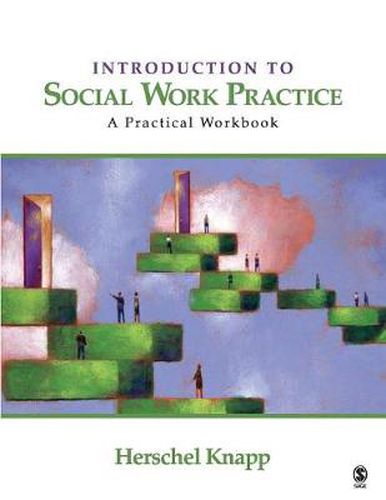Readings Newsletter
Become a Readings Member to make your shopping experience even easier.
Sign in or sign up for free!
You’re not far away from qualifying for FREE standard shipping within Australia
You’ve qualified for FREE standard shipping within Australia
The cart is loading…






Introduction to Social Work Practice orients the students to the role of the professional social worker. The first chapter delineates the differences between being a good friend and being a good clinician in terms of social/emotional factors, professionalism, and self-disclosure. The second chapter covers techniques for building a trusting working environment that is conducive to processing sensitive issues along with an overview of key therapeutic communication skills. The remaining five chapters detail an easy-to-remember five-step problem-solving model to guide the clinical process: 1. Assessment, 2. Goal, 3. Objectives, 4. Activation, 5. Termination.
Key features include:
role-play exercises
brief essay and response questions to build and test key communication skills
discussion points
glossary of terms
diagrams and charts that graphically represent the flow of the helping process.
The workbook presumes no prior clinical experience and uses no technical psychological jargon. It teaches fundamental communication skills while emphasizing key social work values, ethics, and issues of multicultural populations and diversity throughout.
$9.00 standard shipping within Australia
FREE standard shipping within Australia for orders over $100.00
Express & International shipping calculated at checkout
Introduction to Social Work Practice orients the students to the role of the professional social worker. The first chapter delineates the differences between being a good friend and being a good clinician in terms of social/emotional factors, professionalism, and self-disclosure. The second chapter covers techniques for building a trusting working environment that is conducive to processing sensitive issues along with an overview of key therapeutic communication skills. The remaining five chapters detail an easy-to-remember five-step problem-solving model to guide the clinical process: 1. Assessment, 2. Goal, 3. Objectives, 4. Activation, 5. Termination.
Key features include:
role-play exercises
brief essay and response questions to build and test key communication skills
discussion points
glossary of terms
diagrams and charts that graphically represent the flow of the helping process.
The workbook presumes no prior clinical experience and uses no technical psychological jargon. It teaches fundamental communication skills while emphasizing key social work values, ethics, and issues of multicultural populations and diversity throughout.